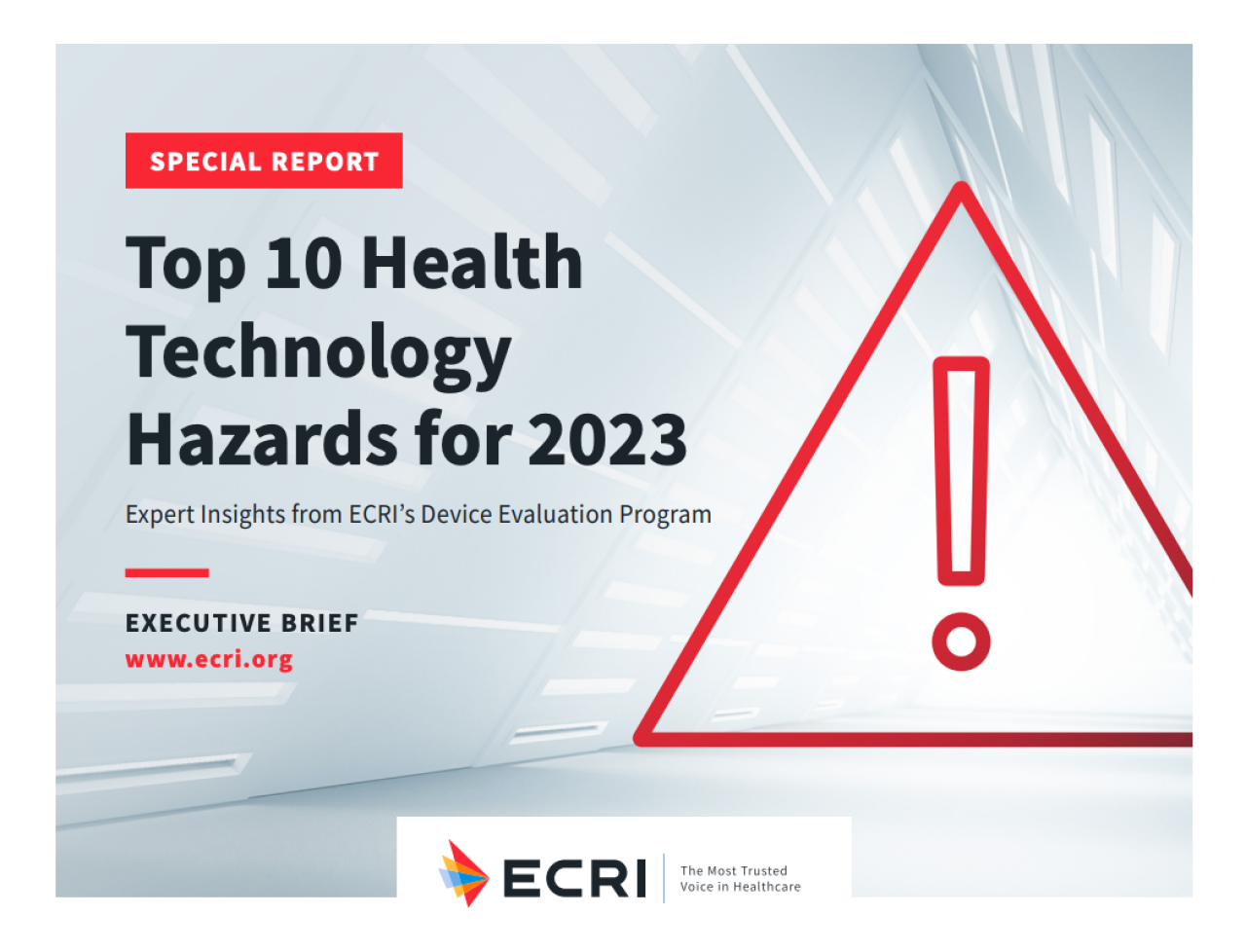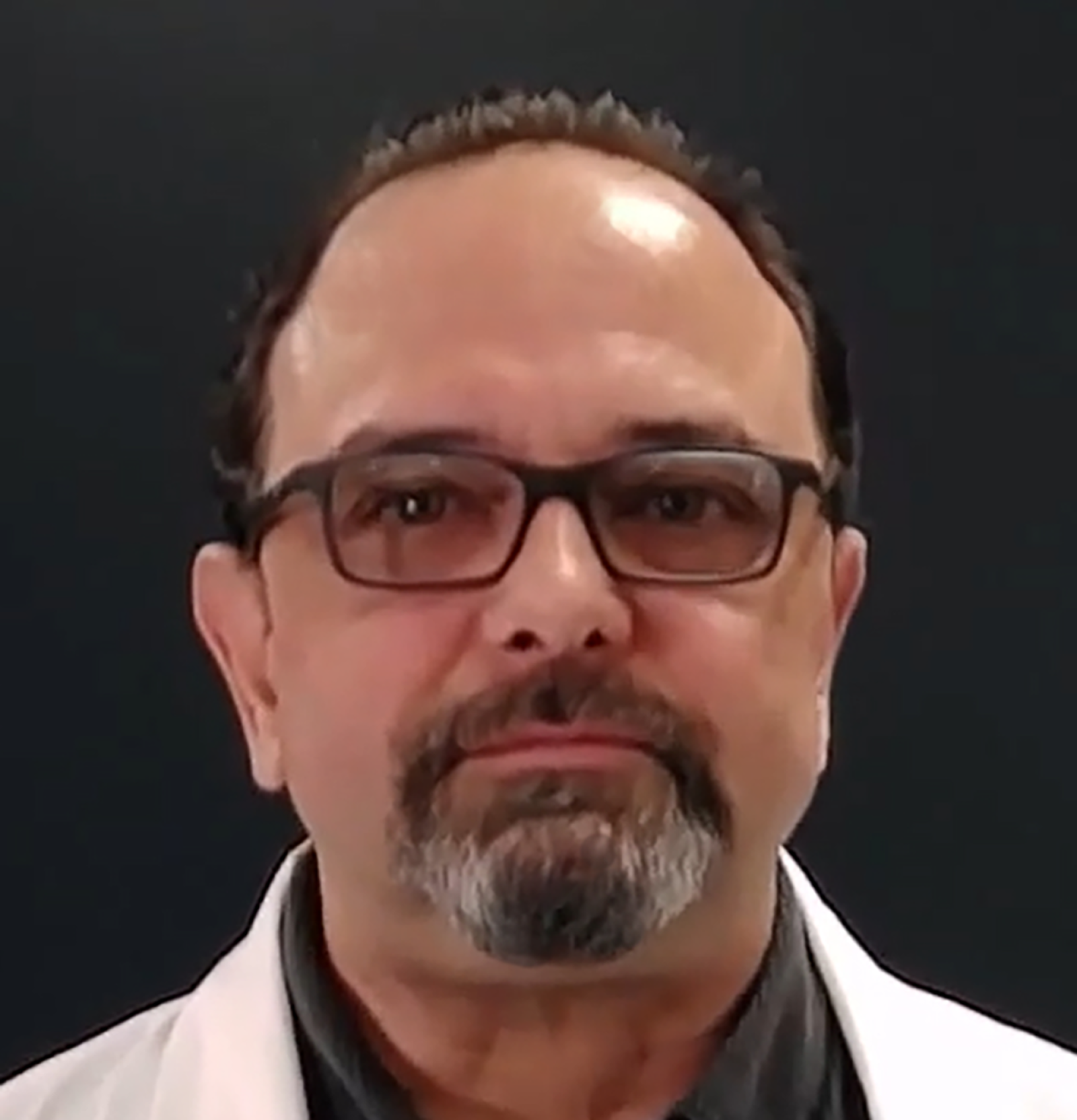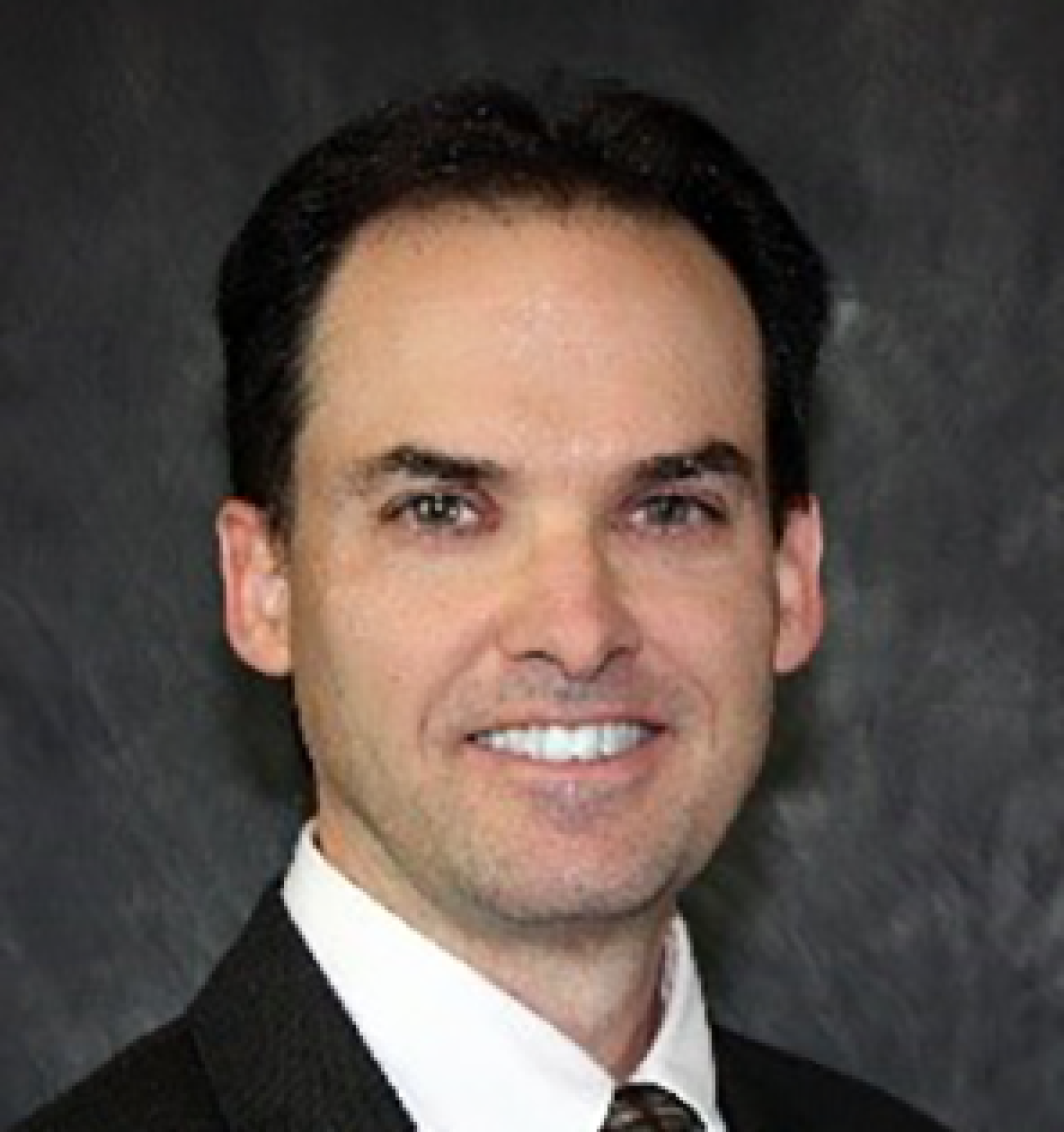Patients often left to manage medical device safety recalls on their own

Ismael Cordero only learned that a medical device he had relied on at home for more than 12 years had been recalled when he saw a hazard alert come into ECRI, where he is Senior Project Officer for Device Evaluation. Although Cordero, who is an engineer, was well equipped to understand the recall and act swiftly, it took the manufacturer 18 months to respond. And then all it offered Cordero was $50 upon return of the defective equipment.
Cordero told his story earlier this month during a webcast about the challenge of home-use device recalls, which is #1 on ECRI’s Top 10 Health Technology Hazards for 2023. Automated dispensing cabinet overrides, electrosurgery and cybersecurity risks for cloud-based clinical systems are also on the list, which ECRI issues annually to help providers and manufacturers prioritize their patient safety efforts.

Ismael Cordero
Established protocols for patient notification are lacking
At some hospitals, dedicated staff manage and respond to recall notices affecting equipment, pharmaceuticals and other supplies related to inpatient care. For devices used in patients’ homes, however, reliable recall processes are lacking.
In addition to describing the problem and ways to mitigate risk, ECRI this year added a “Challenge to Industry” for several hazards on the list. For home-use device recalls, ECRI asks manufacturers to provide easy-to-follow device registration instructions, use plain language for recall notices and maintain up-to-date databases of device distribution.

Rob Schluth
But the problem is complex. “Manufacturers, and even care providers, may not know that a patient is using a specific device,” says Rob Schluth, a Principal Project Officer in ECRI's device evaluation group. “And the recommended actions may differ depending on the patient's specific medical condition.” Developing an effective recall process will require action coordinated across multiple stakeholders, including manufacturers, providers, FDA and patients themselves, according to Schluth.
Although he had the advantage of professional knowledge, Cordero reports that the recall experience was nerve-wracking and frustrating. After confirming that his device — a continuous positive airway pressure or CPAP unit — was on recall, he called his doctor’s office and found that they were flooded with calls from patients about the recall but had no additional information as they had not supplied the CPAP unit. Next Cordero called the company that had provided it to him, but they had gone out of business, so he registered his unit’s serial number on the manufacturer’s website and waited.
“It took a year and a half just to be told that nothing was going to be done for me, and in the meantime, I’m using a machine that was reportedly affecting my health,” says Cordero. “As a patient, you feel kind of lost.”